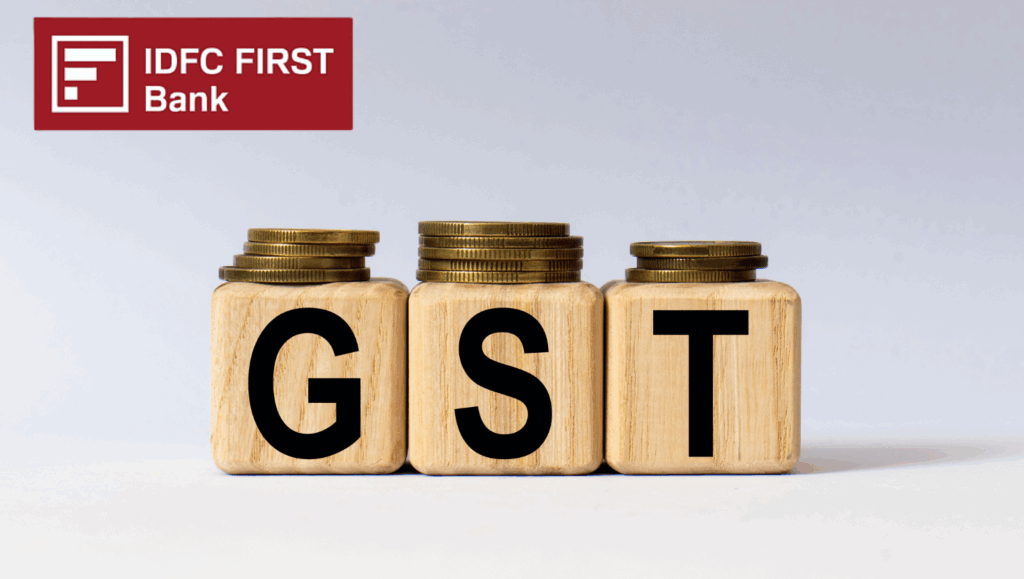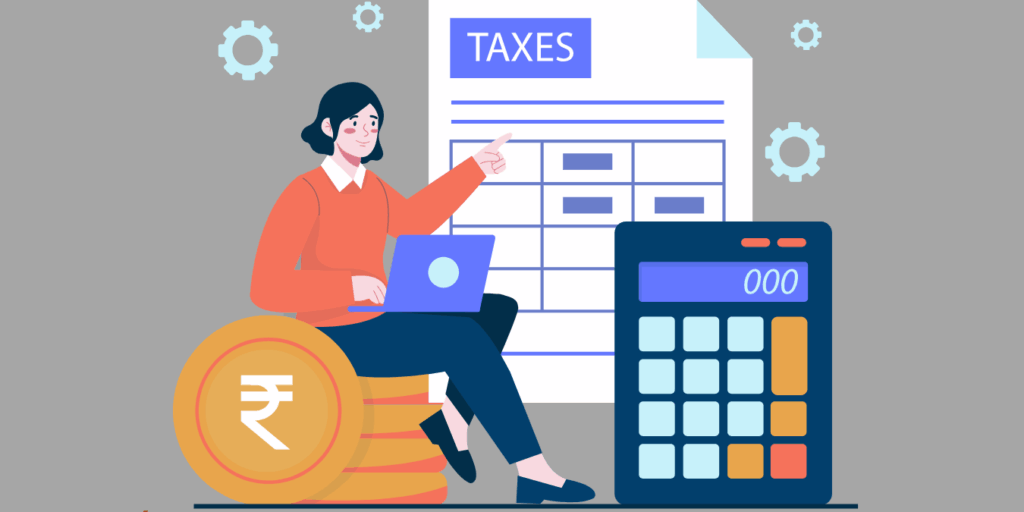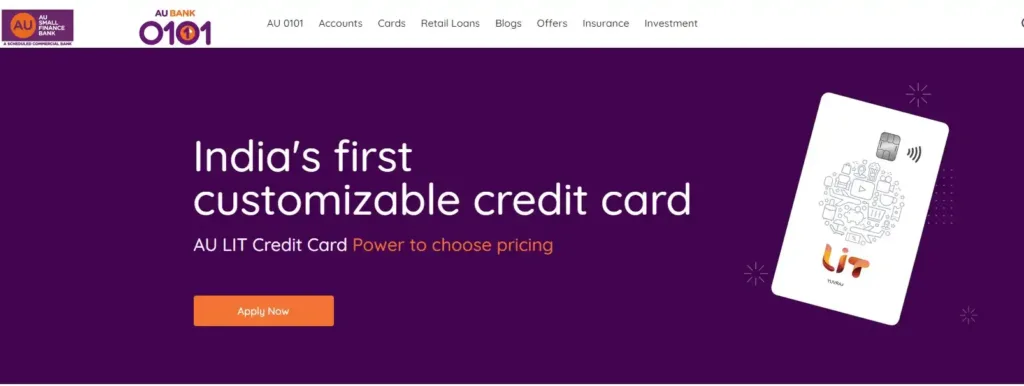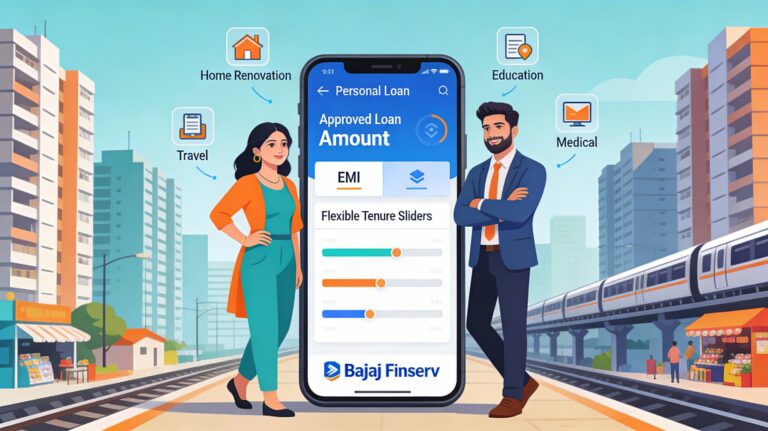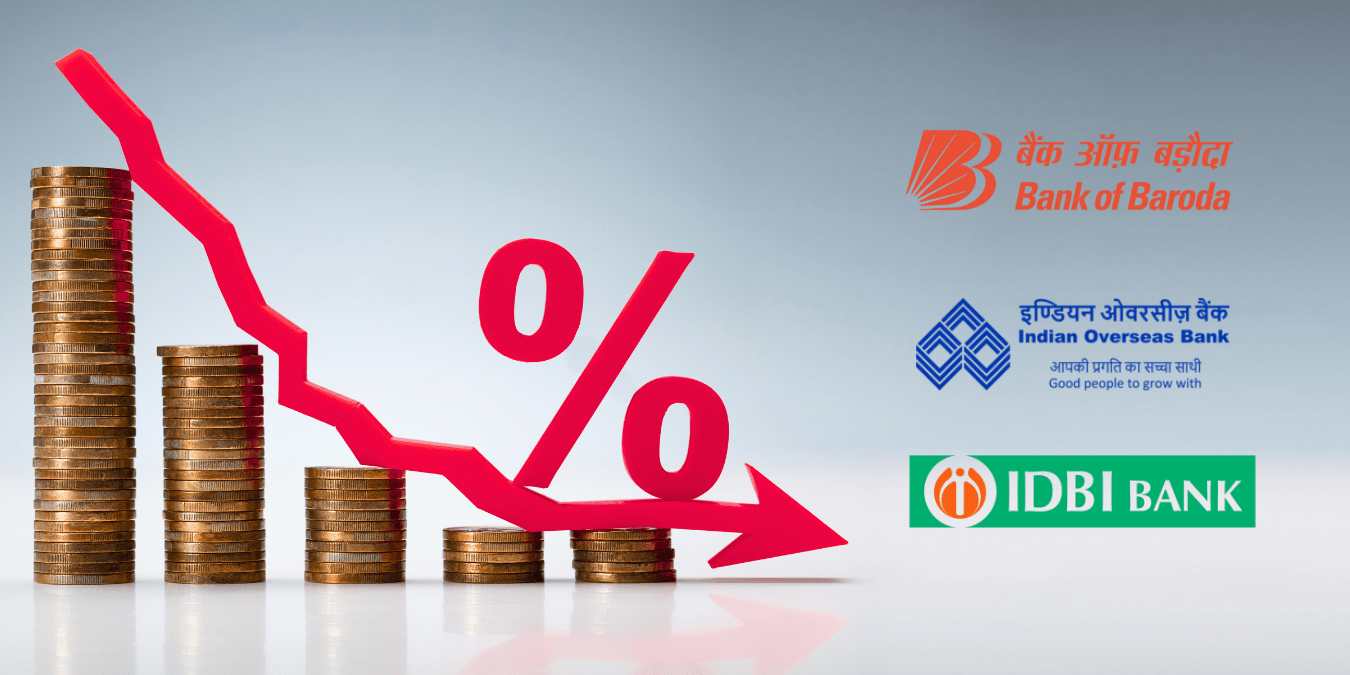
Are You Missing Out on Lower EMIs? 2025 MCLR Cuts at BoB, IOB, IDBI Could Save Your Family Thousands!
Bank of Baroda, IOB, and IDBI Bank’s 2025 MCLR cuts can slash your loan EMIs by hundreds monthly! Unveil the secret to saving thousands on home and auto loans this festive season. Are you missing out on lower rates? Dive into our exclusive guide to unlock BoB’s 15 bps cut, IOB’s long-term relief, and IDBI’s stable rates. Act now to ease your financial burden—don’t let these September 2025 updates pass you by! Check your loan terms today!
The lending landscape in India is experiencing a transformative moment this September 2025. Bank of Baroda (BoB), Indian Overseas Bank (IOB), and IDBI Bank have all announced substantial cuts to their Marginal Cost of Funds-based Lending Rates (MCLR), promising instant relief and lower EMIs for a wide variety of borrowers. Whether it’s a salaried professional eyeing a new home, a business seeking a liquidity boost, or a family navigating monthly expenses, these MCLR reductions could be a game changer this festive season. Just months after RBI’s latest repo cuts and policy moves, and seeing several consecutive rate drops since 2022, this wave of MCLR revisions directly answers India’s call for more affordable credit and growth-oriented banking.
Why This MCLR Cut Is Different
In September 2025, India’s lending mood shifted. Not only are monthly EMIs shrinking for countless borrowers, but the rate cut comes at a pivotal time—a post-pandemic recovery, revived consumer sentiment, and an upbeat festive outlook. As the RBI continues to support growth through rate moderation, public sector banks are passing on savings faster than ever, making credit accessible to middle-class families and MSMEs alike.
Key Takeaways — Sept 2025 MCLR Cuts
Featured Call
- Lower EMIs for loans linked to reduced MCLR tenors
- Immediate benefit for short-term business credit and MSME overdrafts
- Smaller monthly outgo for home and auto loans at IOB and BoB
- No change for long-term loans at BoB and IDBI Bank (for now)
- Competitive options, especially if switching from base rate to MCLR regime
What Is MCLR and Why It Matters in 2025
The Marginal Cost of Funds-based Lending Rate (MCLR) is the minimum interest rate below which banks are not permitted to lend, except for a few exceptions allowed by the Reserve Bank of India. Introduced in April 2016, MCLR replaced the previous base rate system, ensuring loan rate changes are faster, more transparent, and directly tied to RBI’s monetary policy adjustments. The system has become a cornerstone for pricing all major retail loans—housing, personal, two-wheeler, and MSME business finance.
In 2025, with India’s monetary policy favouring economic revival and credit expansion, banks are actively reviewing the cost of raising funds. This means when the RBI eases liquidity, banks like BoB, IOB, and IDBI quickly pass on the benefits, making loans cheaper for both new and existing floating-rate borrowers.
Why Should Borrowers Care About MCLR in 2025?
- Faster Transmission: Loan changes promptly reflect RBI policy.
- Transparent Pricing: Banks must justify spreads over MCLR, making rates fairer.
- Rapid Policy Impact: RBI’s policy changes reach household and business finances faster than old mechanisms.
Nearly all major loans are now tied to MCLR. Rate resets are either quarterly, half-yearly, or yearly, depending on agreement terms—a crucial detail for EMI calculations.
RBI Monetary Policy Trends 2022–2025: The Backdrop
RBI’s stance since 2022 has shaped the lending landscape:
- 2022: Repo held steady at 6.50%, inflation fears post-pandemic, liquidity infusion continues.
- 2023: Cautious rate adjustments as inflation moderates; repo begins downward move in early 2025.
- 2024–2025: 100 bps repo cut since Feb 2025, with major 50 bps in June. August policy holds repo at 5.50%, with GDP growth forecast at 6.5% and inflation projected to dip below 3.7% for FY26.
- Liquidity: System remains well-supplied; financial stability prioritized without overcorrection. Digital frauds and global risks watched but do not derail low-rate environment.
- Festival Demand: Banks respond rapidly to seasonal uptick; competitive pressures mount as borrowers hunt for deals.
| Year | RBI Repo Rate (Jan–Dec) | Policy Stance | Inflation | GDP Growth |
| 2022 | 6.50% | Cautious | 5.9% | 6.2% |
| 2023 | 6.50%–6.00% | Neutral–Easy | 5.2% | 6.4% |
| 2024 | 6.00%–5.50% | Easing | 4.5% | 6.5% |
| 2025 | 5.50% | Neutral–Easy | 3.7% | 6.5% |
Year-on-Year MCLR Comparison: BoB, IOB, IDBI Bank (2022–2025)
Loan rates have seen real momentum since RBI’s easing cycle began, with banks aggressively aligning lending rates to policy.
Bank of Baroda MCLR History (1-Year Tenor)
| Month/Year | 1-Year MCLR (%) |
| Dec 2022 | 7.95 |
| Jan 2023 | 8.15 |
| Feb 2023 | 8.20 |
| Apr 2024 | 8.85 |
| Aug 2025 | 8.80 |
| Sept 2025 | 8.80 |
Indian Overseas Bank MCLR History (1-Year Tenor)
| Month/Year | 1-Year MCLR (%) |
| Dec 2022 | 8.25 |
| Jan 2023 | 8.30 |
| Apr 2024 | 8.80 |
| Aug 2025 | 8.90 |
| Sept 2025 | 8.85 |
IOB applied more frequent, uniform cuts across all tenors, with two sharp drops in 2025 ahead of festive demand. Multi-tenor loans become more affordable, especially for MSMEs and retail borrowers.
IDBI Bank MCLR History (1-Year Tenor)
| Month/Year | 1-Year MCLR (%) |
| Mar 2022 | 7.60 |
| Sept 2022 | 7.85 |
| May 2024 | 10.00 |
| July 2025 | 8.75 |
| Sept 2025 | 8.75 |
IDBI’s rates have been relatively stable in 2025 after bouncing back from the pandemic spike; offering steady options but less volatility than peers.
Bank-wise MCLR Cuts (Sept 2025 Snapshot)
| Bank | Tenor | Old MCLR | New MCLR | Cut (bps) | Effective Date |
| Bank of Baroda | Overnight | 7.95 | 7.85 | 10 | 12-Sep-2025 |
| Bank of Baroda | 3 Month | 8.35 | 8.20 | 15 | 12-Sep-2025 |
| Indian Overseas Bank | Overnight | 8.05 | 8.00 | 5 | 15-Sep-2025 |
| Indian Overseas Bank | 1 Year | 8.90 | 8.85 | 5 | 15-Sep-2025 |
| IDBI Bank | 1 Year | 8.75 | 8.75 | 0 | 12-Sep-2025 |
| IDBI Bank | 3 Month | 8.50 | 8.50 | 0 | 12-Sep-2025 |
How-to: Calculating EMI Savings on a Loan Linked to MCLR
Step-by-Step Guide
- Check Your Loan Agreement: Identify your reset period and which MCLR tenor applies.
- Find New MCLR Rate: Compare your current MCLR with the latest revised rate from your respective bank.
- Recalculate EMI: Use any online EMI calculator, plugging in the new rate.
- Contact Branch/Relationship Manager: Request recalculation and official communication of revised EMI.
- Track Effective Date: Only loans resetting after September 12 (BoB/IDBI) or September 15 (IOB) see changes this cycle.
Example
Suppose a home loan of ₹30 lakh with a three-month MCLR linked, old rate 8.35%, new rate 8.20%. The EMI drops by about ₹228 per month, totaling annual savings of nearly ₹2,736.
Pro Tips: Maximising Benefits from MCLR Cuts
- Switch to MCLR-linked Loan: If the current loan is on base rate or BPLR, talk to your bank about shifting.
- Optimize Reset Frequency: Loans with shorter reset frequencies (quarterly) benefit faster.
- Negotiate with Lenders: Use the latest rate data to request lower spreads for renewals.
- Monitor RBI Policy: Stay alert for further repo rate cuts that may trigger new MCLR reductions.
- Review Other Charges: Processing fee waivers or special festive offers may accompany rate cuts at some banks.
Common Mistakes to Avoid
- Not Checking Loan Reset Dates: Many borrowers miss out on immediate benefit due to annual or semi-annual resets.
- Ignoring Spread Over MCLR: The final rate may include a spread; always confirm the total interest rate.
- MCLR Tenor Confusion: Understand which MCLR tenor (overnight, 3-month, 1-year) your loan is actually linked to.
- Assuming All Loans Are Cheaper: Long-term retail loans at some banks (like BoB) may remain unchanged.
- Not Updating Bank Records: Failing to get official confirmation of rate change from the bank.
2025 India Perspective: Why Banks Are Cutting MCLR Now
The Indian banking sector is responding to a combination of factors in 2025:
- RBI’s Monetary Easing: Repo rates remain stable or trend downward to boost lending and consumption.
- Rise in Retail Credit Demand: The festival season and resurgence in housing, vehicle, and SME loans.
- Competitive Pressure: Public sector and private banks vie for market share amongst India’s upwardly mobile borrowers.
- Improved Liquidity: Banks pass on lower borrowing costs to customers, making credit accessible even for Tier-2 and Tier-3 cities.
Narrative: How an Indian Family Wins Big
When the Sharma family in Pune reviewed their home loan this September, they discovered that the MCLR revision by IOB lowered their EMI by ₹300 a month. Suddenly, attending to their daughter’s coaching fees and planning a festive family trip felt more achievable. Across India, similar stories play out—where a few basis point cuts can make the difference between financial stress and secure planning.
Featured Call-Out Box
Key Takeaway for Borrowers and Businesses:
- Check loan reset dates immediately.
- Use online calculators for quick EMI estimation.
- Benefit most from shorter-tenure MCLR reductions.
- Monitor further rate cuts post-festive season.
Final Thought: Take Control of Your Loan in the New MCLR Era
With big MCLR cuts rolled out in September 2025, now is the time for Indian borrowers to act. Review your loan documents, approach your banker for an updated schedule, and explore renegotiation options. For those considering new loans, evaluate both MCLR rates and associated spreads before signing. With the right moves, it's easy to capitalize on recent banking policy shifts and secure affordable EMIs, regardless of whether it’s a short-term working capital need or a new family home.
Practical Next Steps:
- Access your bank’s official interest rate update page.
- Use the latest MCLR to recalculate your EMI.
- Visit your bank branch or log into mobile banking for personal loan optimization offers.
- Share new insights with friends and relatives who may also be eligible for lower EMIs this season.
Stay tuned for fresh updates on loan rates, RBI policy changes, and exclusive tips to maximize Indian banking rewards—right here on this blog!
Disclaimer: The use of any third-party business logos in this content is for informational purposes only and does not imply endorsement or affiliation. All logos are the property of their respective owners, and their use complies with fair use guidelines. For official information, refer to the respective company’s website.
